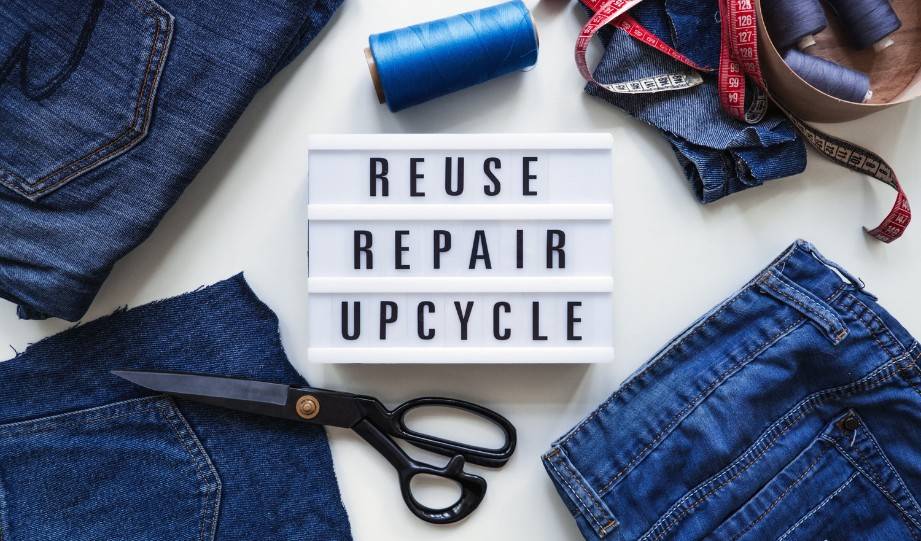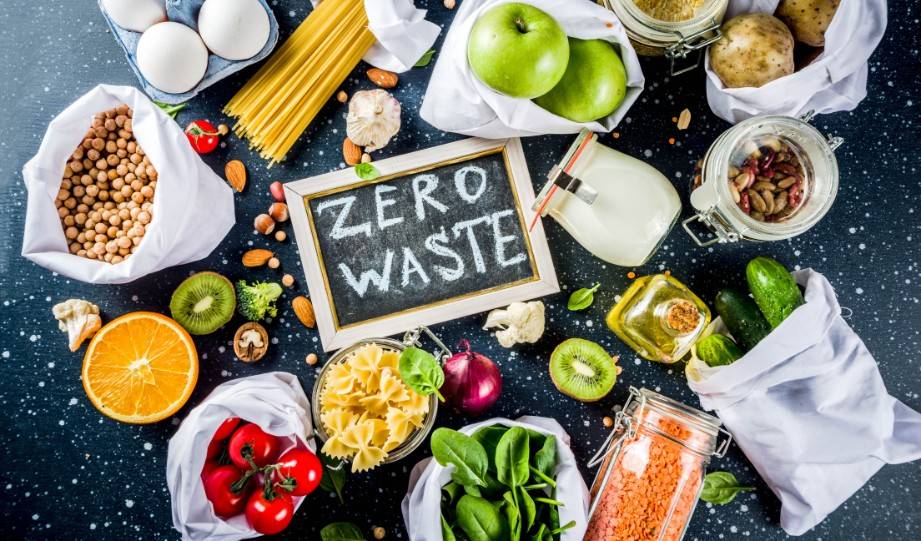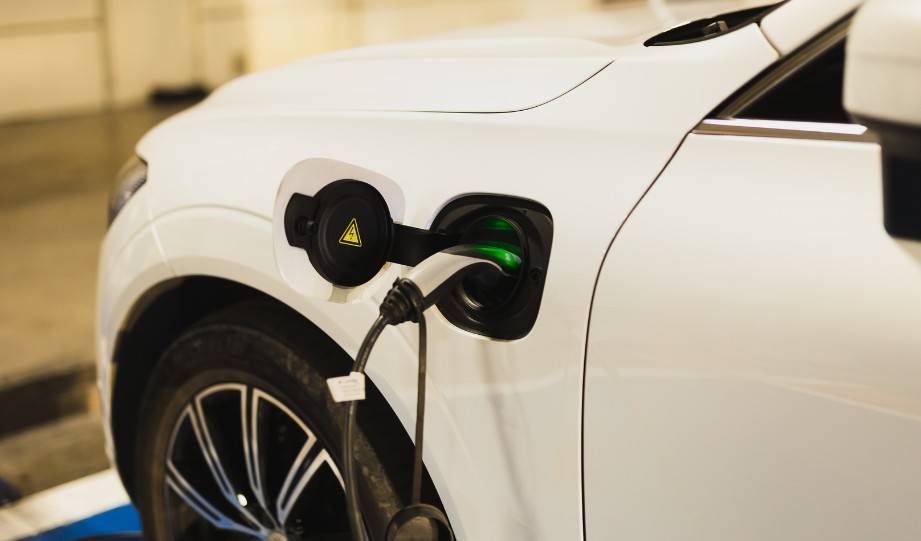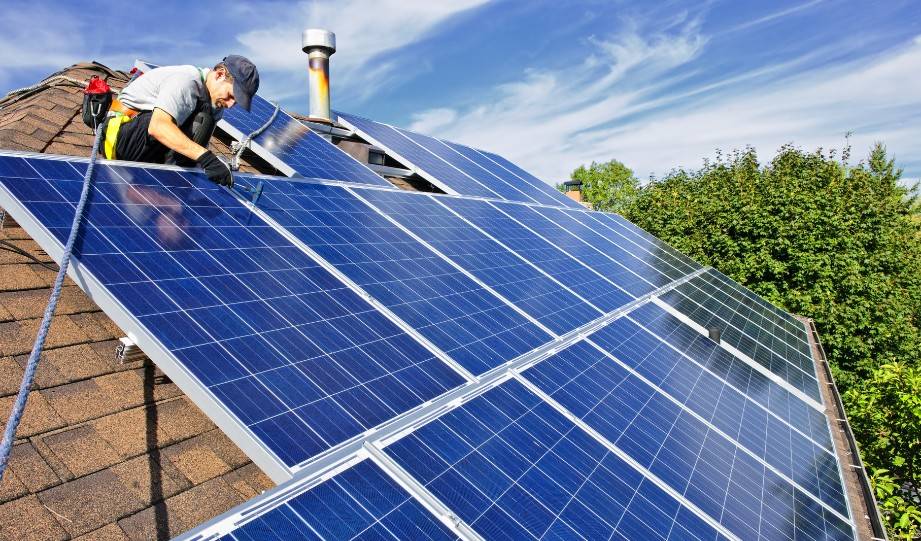While the attention of media, politics, and public life have significantly turned towards becoming more eco-friendly, there is often still a lot of confusion about what that means.
There are the obvious things, like walking more and driving less, or installing a couple of solar panels in your home.
Those are great tips, yes — but are those the only things you can do?
Over the years, we’ve identified 6 easy steps that you can take to live a more environmentally healthy life, and these steps correspond to 6 different areas in your everyday life that have the most impact on your ecological footprint.
Let’s get right into it.
6 Steps to Become Environmentally Friendly
1. Home
Reuse And Recycle

The EPA has put together some interesting data about the amount of waste produced in the USA.
The sad fact is that of the 270 million tons of waste produced every year, less than 130 million tons make it into the recycling process.
And yet there are some simple things you can do to decrease this amount of waste.
First of all, make sure you sort out your trash for recycling. You can use the Green Directory to find the nearest recycling center to you.
Secondly, try to compost your food waste as much as you can. The EPA estimates that 75% of compostable food waste ends up in a landfill.
Last, choose your household cleaning products more wisely. This means using cleaning detergents that aren’t full of chemicals. You should also buy reusable and washable sponges and dishcloths instead of single-use paper towels.
Related Articles:
Use Water Smartly
Instead of simply taking a shorter shower using water supplied by a solar heater, you should consider installing a rainwater collection and greywater system in your home.
Most hardware stores have large plastic drums that you can use as a simple rainwater collection system. Just attach them to rainwater downpipes in your home so you can collect the water and use it for your gardening needs.
Greywater systems are a bit more of an investment, but they can significantly reduce waste water in your home. They involve the basic filtration of water from your showers and sinks that you can store for later use in your toilet.
Let’s face it — there’s no need to flush your toilet with water that’s good enough for drinking.
You can also just opt to use cold water for your showers, especially when it’s summer.
Reduce Paper And Plastic Use

Here are two really simple ways to reduce your use of paper and plastic at home:
One, remove yourself from junk mail lists. Here’s a trick: Put a sticker on your mailbox that tells people that you don’t want any junk mail being delivered to your house.
According to The Sightline Institute, this could reduce your household waste by as much as 41 pounds per year.
Two, stop buying bottled water.
Instead, buy a simple water filter and a reusable water bottle. With this small investment, you’ll not only save a ton of waste — you’ll save money too.
2. Business
Implement Eco-Efficient Practices
This is a similar concept to what households should aim to do. As a business owner or manager, your goal should be to produce products and services that use fewer resources, generates less waste, and avoids pollution.
Working patterns and arrangements have changed in recent years, with more companies offering flexible work from home schedules.
Many businesses who take this approach also find that their profits are positively impacted by becoming less wasteful.
Some simple ideas to have eco friendlier business operations are:
- Hiring eco-friendly contractors
- Implementing paperless transactions
- Reducing energy and water consumption in the office
- Getting your office building’s energy from renewable sources
Promote Environmentally Conscious Manufacturing
This is a business process where organizations take the entire lifecycle of products into account. From the design phase to end-of-life recycling, the aim of the process is to make the most efficient use of raw materials. [1]
This is achieved by :
- Maximizing the use of recycled materials during production
- Reducing the negative impacts of production on workers and their environment
- Making the products easily recyclable once they are no longer usable
Use Eco-Friendly Accounting
The typical accounting approach looks at profit and loss, return on equity, and shareholder value.
This new type of accounting also layers in social and environmental factors into the model.
By assigning either a dollar value or index calculation on the social and environmental impact a business has, it provides a clearer picture of whether a business is moving in a more positive direction.
3. Food
Reduce Food Waste

Every bit of food that ends up in your home has required a lot of energy and resources to get there. Unfortunately, the average US household wastes more than 30% of this food.
You can reduce this amount of waste by:
- Shopping smart so you don’t end up buying more food than you can eat, and
- Storing your food correctly so it doesn’t spoil quickly
Change Your Diet
The production of meat has a huge impact on our environment. In fact, studies have shown that one serving of meat produces 20 times more greenhouse gas emissions than one serving of vegetables.
Also, switching meat for locally grown and seasonal veggies and fruit won’t just make your diet more eco-friendly. It can also make you healthier as well.
Source Your Food Sustainably

Most of us get our food from the grocery store since it’s more convenient, right?
But if you’ll just take a look at your shopping cart during checkout, you’ll notice that most of the products you bought come in packages that are not eco-friendly.
So how about heading to a local farmers market instead where you will be able to get locally produced food? Bring your reusable storage containers along as well for extra measure.
4. Transport
Work From Home
Working patterns and arrangements have changed in recent years, with more companies offering flexible work from home schedules.
With commuting making up the largest portion of people’s transport usage, this is one area where you can drastically reduce your carbon emissions.
Related Article:
Walk And Cycle

For shorter commuting distances, try switching to walking and cycling.
According to some studies, we should all be aiming for 10,000 steps per day. So, if you live within a few miles of your workplace, why not get your daily exercise from your commute?
Use Public Transport
Unfortunately, the use of public transport for commuting has decreased from 12% in 1960 to just 5% in 2017.
But this is by far the most efficient (and an ecological friendly) way to commute when you’re looking at distances that are too long for walking or cycling.
Switch To Energy Efficient Vehicles

or a lot of locations outside inner cities, longer commutes are only possible by car. One great way to make a difference here is to switch your car to a hybrid or electric vehicle which will help you save energy.
Some projections expect the current number of 1 million electric vehicles to increase by 18 million by 2030. Of course, you would also want to source as much of your electricity supply from renewable sources as possible.
5. Fashion
Buy Second Hand
Before you dismiss this idea, just check out one of your local thrift stores or pre-owned retailers. I bet you’ll be surprised by the quality and prices of the clothes in there.
You might also be surprised to know that the market for resale has been growing significantly, with industry analysts expecting it to be worth $51 billion by 2023.
Donate Your Old Clothes

Rather than throw old clothes in the trash, bring them to a local charity shop.
As long as they are still in good shape, charities will gladly accept them and put them to good use.
Use More Of Your Old Clothes
This is something you should do regularly: going through your wardrobe and finding those clothes you haven’t worn in a long time.
Consumers must understand fashion as more of a functional product rather than entertainment, and be ready to pay higher prices that account for the environmental impact of fashion.
— Dr. Patsy Perry, Senior Lecturer in Fashion Marketing at the University of Manchester
Putting them on can make you feel like you’ve got completely new clothes. Why splurge for a new one when you’ve enough of what you need?
Choose Eco-Friendly Brands
In recent years, the fashion industry has been criticized heavily because of the negative impact of fast fashion on the environment. [2]
This has pushed some companies to adopt better practices and base their entire range on sustainability and ethical production.
Some brands you should consider when buying new clothes are Stella McCartney, Alternative Apparel, Pact, Reformation, and Everlane.
Do your part for the environment by patronizing sustainable products. You can find many of them in our Green Store.
6. Energy
Switch To Efficient Appliances And Light Bulbs
Light bulbs are a pretty quick fix. When the old ones die, bring them to an electronics recycling center then replace them with new ones that are energy-efficient.
If you have older appliances like a washing machine, dryer, or freezer, it’s worth looking up their energy rating. The higher their energy rating, the less energy they’ll consume.
Install Renewable Energy Sources

This is a bit more of an expense, but it’s something you should consider if you’re planning a large home renovation project.
By installing solar panels for hot water and/or electricity, you could make your home a lot more eco-friendly.
According to industry data, solar energy grew by 23% in 2018 alone. And that increased demand has also brought about significant savings from larger-scale production.
Check out our reviews of solar-powered generators below:
Use Smart Home Technology
By installing smart thermostats in your house, it’s possible to reduce your energy usage by up to 30%, making for a healthier environment and more comfortable home.
Track Your Energy Consumption
One final thing we would recommend is that you should get into the habit of tracking and journaling your energy usage.
There are some cool apps available for this. They will make it easier for you to track how eco friendly you’re becoming.
Conclusion
Becoming more eco-friendly is all about taking specific actions in your life that have a direct and lasting impact.
It’s not a case of walking to work once and patting yourself on the back — it’s about making consistent changes in your life that become new habits.
References
- https://www.iisd.org/business/tools/bt_ecm.aspx
- https://www.nature.com/articles/s43017-020-0039-9

